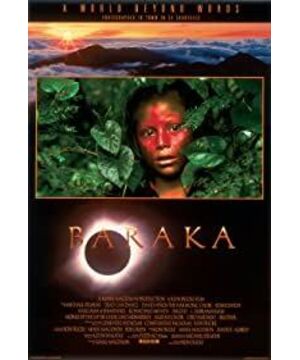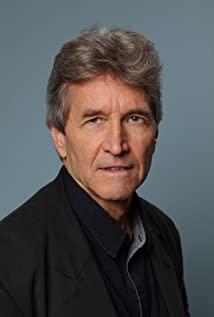"Baraka", "the greatest documentary of the twentieth century", the title Baraka is an ancient Islamic Sufi word, which means "blessing". The Chinese translation name is "Heaven and Earth Xuanhuang". It should be that the translator felt the philosophical thinking brought about by the changes of the world and the times after watching the film.
The film was a huge investment, using expensive TODD-AQ 70mm format shooting equipment, which lasted 14 months and traveled through 24 countries to complete the shooting. Every frame is a photographic example.
The film is divided into 20 chapters, covering religious culture, modern civilization, civilization of primitive tribes, mountains and rivers, peaks of ice and snow, etc. about the relationship between humans and nature.
And this film has no time axis, it is a transformation in space; there is no narration and subtitles, it is all performed by constantly changing frames and highly rendered music; there is no storyline, and you don't necessarily know where the scene is in the picture. where. But it was praised by the famous film critic Roger Ebert, "This is the most beautiful image I have ever seen, and this movie is the best reason why you should buy a Blu-ray player."
Because the content of the piece is too extensive and profound, Xiao V selects the most impressive dance performances to explain:
The silent wailing in the dance
Butoh originated in Japan. Based in the small theater, Tatsumi Hijikata slowly found a way to distort and deform his body to achieve the original and natural performance: the dancers apply white powder all over their bodies, bow their waists and fold their legs, creep slowly, or roll all over the floor, and their faces seem to be twisted. Excruciatingly painful, this emerging dance style with strong physical presence has since been called buta. The rise of Butoh is to destroy the traditional concept of all beauty, and to show weakness, disease, filth... as long as it is excluded by modernization, it must be displayed almost realistically. (From the Baidu Encyclopedia of Butoh)
There are two scenes of dance performances in the film-
The first time was a man with a face covered in white powder, making a silent cry in slow motion with a ferocious face. Appears after a 10-minute time-lapse shot. There are endless crowds in the subway, on the central square, on the cross streets, etc.; there are vehicles running fast among the towering buildings; there are workers and goods on the assembly line in the factory, and so on.
In a modern society where it all seems so full and busy, all the people in the camera are expressionless, as if their senses are numb. This silent cry seems to be their struggle against the world's pain, despair but must move forward.
The second time was still the three women with white powder on their faces, their slender bodies dancing a dance that was a little powerless to struggle. Behind the silent shouting camera, one is riding a horse, moving on for life, because even if life is so desperate, you still have to live it.
A woman who "taobao" a landfill in Kolkata, India; a homeless person on a forgotten street corner in every city; a prostitute forced to stand on the street in Brazil; a group of shemales who were forced to remodel in Bangkok, Thailand . The dance steps of the three women appear behind these shots, and the performance ends with the three women's weak and dying exits.
In these two dance performances, the former one is like the living state of human beings today, and the latter one is like farewell, the exit ceremony of life, heavy and slow.
Director Ron Frick "looks at the red dust occasionally, and the pitiful body is the person in his eyes", from showing the natural beauty and primitive tranquility, to reflecting the damage to it, and conveying silent pain. From the perspective of God, lament the beauty of nature and lament the numbness of the world.
View more about Baraka reviews








